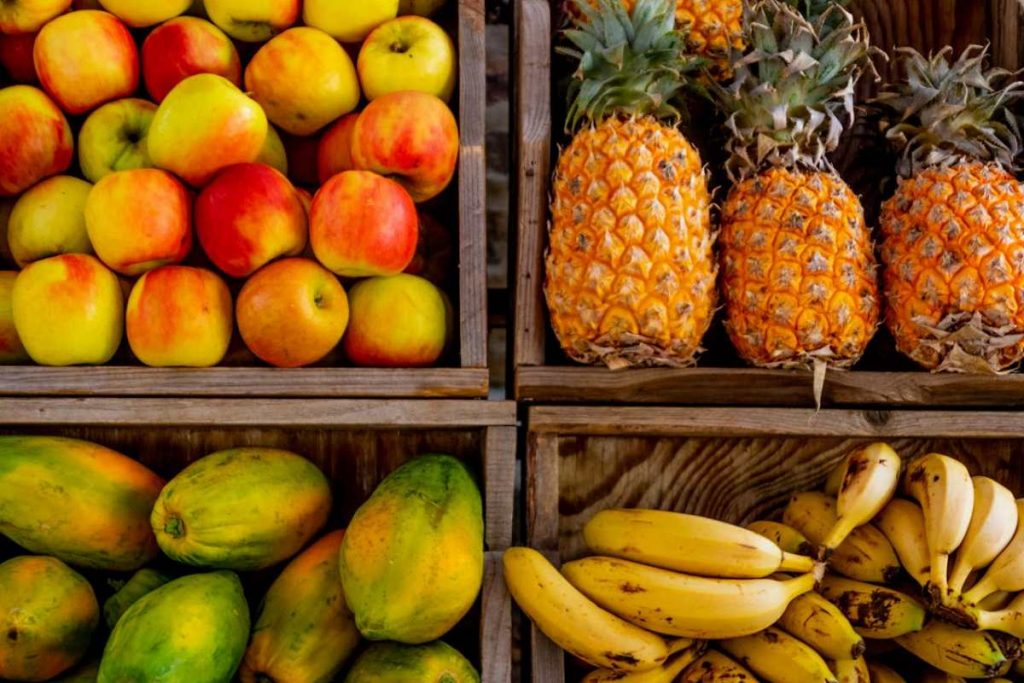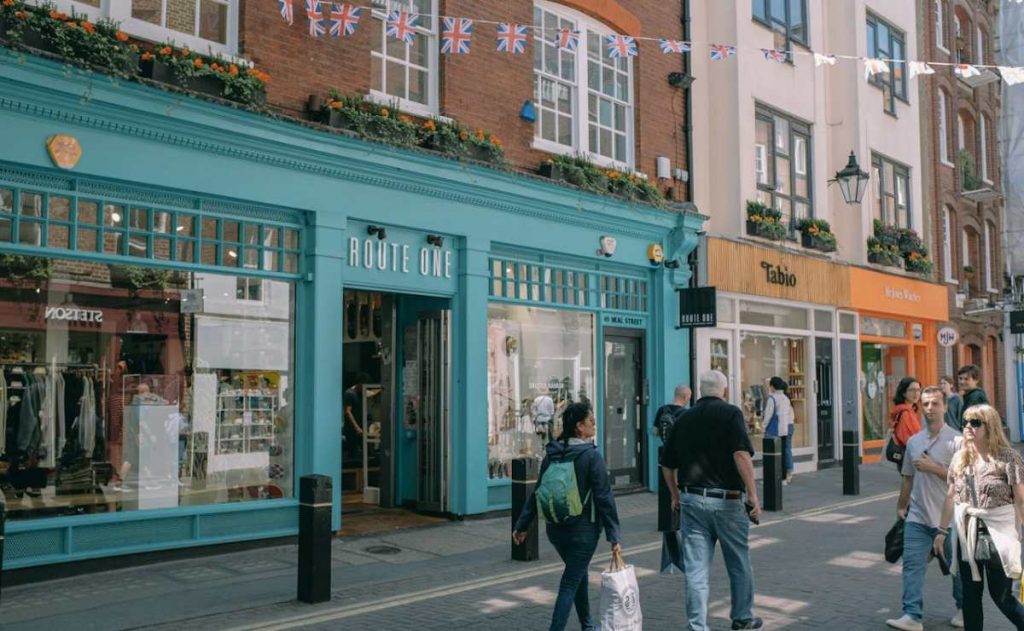Financial advisors are advising students to wait before taking on expensive credit, which has led to increased scrutiny ofstudent personal loans. Millions of students now have less student loan debt thanks to recent federal changes, but growing reliance on private lenders raises the possibility that many students are overlooking safer, more affordable government options.
Consumer groups claim that students continue to use higher-interest student personal loans without fully comprehending their long-term effects, even though the Universities Accord Act eliminated 16 billion dollars in HELP debt. The National Debt Helpline, which responds to thousands of student-related inquiries annually, cautions that many people are still ignorant of the hardship channels and support programs that are available to alleviate immediate financial strain.

Policy Changes Reshape Australia’s Student Debt Environment
Recent legislative reforms fundamentally altered student debt management in Australia. The Australian Taxation Office commenced processing the 20% HELP debt reductions in November 2025, with majority completion expected by January 2026. Statistical modelling indicates students with average HELP debt of $27,600 will see $5,520 eliminated automatically.
Beyond debt reduction, structural changes to repayment systems took effect from July 2025. The income threshold for compulsory repayments increased from $54,435 to $67,000 annually. Additionally, the marginal repayment system replaced percentage-based calculations, applying charges only to income exceeding the threshold rather than total earnings.
Current Student Debt Landscape:
- Total outstanding HELP debt: $38 billion (June 2025 figures)
- Registered HELP debtors: 2.93 million Australians
- Average repayment duration: 9.9 years
- Percentage of debtors under 35: 70%
These reforms occurred against persistent cost-of-living pressures affecting Australian households broadly. While tuition assistance improved significantly, students still face substantial expenses for accommodation, course materials, technology and daily living costs. This gap creates vulnerability to predatory lending practices targeting the student demographic.
Understanding Loan Product Structures and Cost Implications
Government HELP schemes operate fundamentally differently from commercial lending products. HELP loans apply indexation rather than interest charges, currently ranging between 2% and 4% annually based on inflation measures. This indexation maintains the debt’s real value without profit margins attached.
Repayment obligations only commence once annual income reaches $67,000, processing automatically through the taxation system. No credit assessment occurs, and eligibility depends solely on citizenship status and enrolment in Commonwealth-supported places.
Private student personal loans follow conventional consumer credit structures. Interest compounds from disbursement, typically ranging from 10% to 25% annually depending on applicant creditworthiness and lender policies. Repayment schedules begin immediately regardless of income levels. Most products require credit checks, with many lenders requiring parental guarantees for younger applicants lacking established credit histories.
Financial comparison demonstrates substantial cost differentials. A $5,000 personal loan at 15% interest over three years requires monthly repayments of approximately $173, totalling $6,233 including interest charges. The same debt amount through HELP, with typical indexation, would incur roughly $200 to $300 additional cost over equivalent periods, only applicable once income thresholds are met.
Various lenders, including CashLend, offer student-focused personal loan products with varying terms and conditions. Prospective borrowers should conduct thorough comparison analysis across multiple providers before proceeding with any borrowing arrangement.
Identifying Problematic Lending Practices
Consumer protection frameworks identify several concerning practices within student lending markets. Financial counselling organisations document cases involving high-pressure sales tactics, unclear fee structures and inadequate responsible lending assessments.
Warning Indicators:
- Guaranteed approval claims without proper financial assessment
- Interest rates exceeding 15% without transparent justification
- Hidden establishment fees or ongoing account charges
- Encouragement to borrow amounts beyond stated needs
- Requests for banking credentials or login information
- Absence of Australian Credit Licence verification
The Australian Securities and Investments Commission maintains public registers of licensed credit providers. Verification takes minutes through online searches, yet many students proceed without confirming lender legitimacy. Unlicensed operators provide no consumer protections under Australian credit legislation.
Research indicates certain lending products marketed toward students essentially repackage payday-style loans under student-friendly branding. These short-term, high-cost arrangements frequently trap borrowers in refinancing cycles. Given average monthly student expenses of $1,690 for living costs alone, such cycles can quickly become unsustainable.
Alternative Financial Support Mechanisms
Financial counselling professionals emphasise exhausting subsidised and free support options before considering commercial borrowing products. Multiple support pathways exist specifically designed for student financial hardship.
Primary Support Options:
- University hardship funds: Most tertiary institutions maintain emergency assistance pools for students experiencing genuine financial difficulty. These funds often provide grants rather than loans, eliminating repayment obligations entirely. Eligibility criteria vary by institution, requiring direct enquiry through student services departments.
- No Interest Loan Schemes (NILS): Community sector organisations provide $800 to $1,500 interest-free loans for essential purchases including laptops, textbooks and household necessities. Repayment periods span 12 to 18 months with zero fees or charges applied.
- Centrelink advance payments: Students receiving Youth Allowance or Austudy can access advance lump sum payments. Services Australia processes applications through phone enquiries on 13 17 94, assessing individual circumstances and repayment capacity.
- Emergency relief services: Community organisations deliver immediate assistance for food security, transport costs and temporary accommodation needs. These services operate specifically for crisis intervention without requiring repayment.
- Institutional payment arrangements: Universities frequently offer semester fee payment plans dividing costs across study periods without interest charges or establishment fees.
Employment remains a viable income supplement. Youth employment services connect students with suitable positions accommodating study schedules. Regular part-time income significantly reduces borrowing requirements for discretionary expenses.
Scholarship and bursary programs receive surprisingly low application rates relative to availability. Beyond high-profile academic scholarships, thousands of smaller awards exist through universities, community organisations and industry groups. Systematic research through institutional scholarships offices often identifies previously unknown opportunities.
Due Diligence Requirements for Borrowers
Students genuinely requiring personal loans after exhausting alternatives should implement comprehensive evaluation processes. Financial counsellors recommend specific enquiries before executing loan agreements.
Essential Questions:
- What is the comparison rate including all fees and charges?
- Are establishment, monthly or early exit fees applicable?
- Do penalty-free extra repayment options exist?
- What financial hardship provisions are available?
- Does a cooling-off period allow contract cancellation?
- Have all alternative funding sources been documented?
Comparison rates reveal true borrowing costs, incorporating interest rates plus all associated fees. Advertised rates of 12% can carry comparison rates of 16% once establishment fees and monthly charges are calculated. This differential substantially impacts total repayment amounts over loan terms.
Hardship provisions carry particular importance. Australian consumer credit legislation mandates lender consideration of hardship applications. Reviewing hardship policies before commitment establishes a clear understanding of available protections should circumstances change unexpectedly.
Platforms likeCashLendand other licensed providers maintain published hardship policies and transparent fee structures. Comparing these elements across multiple lenders ensures informed decision-making aligned with individual circumstances.
Access to Professional Support Services
Australia maintains extensive support infrastructure for students experiencing financial challenges. These services operate independently of commercial interests, providing unbiased guidance.
Long-Term Financial Planning Considerations
The 2025 HELP reforms substantially improved government loan terms relative to commercial alternatives. Higher repayment thresholds and fairer calculation methodologies make private borrowing increasingly difficult to justify for education-related expenses.
Financial analysis demonstrates the compounding nature of interest charges. A $5,000 loan at 18% interest becomes $7,200 over four years. Alternative applications of this amount include two years of course materials, six months of grocery expenses, essential technology purchases or emergency savings providing genuine financial security.
Before executing any loan agreement, consultation with the National Debt Helpline at 1800 007 007 is strongly recommended. Brief conversations often identify alternatives saving thousands of dollars over loan terms.
Conclusion: Evidence-Based Decision Making
Current policy settings provide students with unprecedented government support for education costs. Understanding distinctions between HELP assistance and student personal loans enables informed financial planning. With legislative reforms delivering substantial relief, students face more options than at any previous point in Australian higher education history.
Thorough research, comparison analysis and professional advice consultations protect long-term financial wellbeing. Decisions made under time pressure today carry multi-year budget implications requiring careful consideration.












